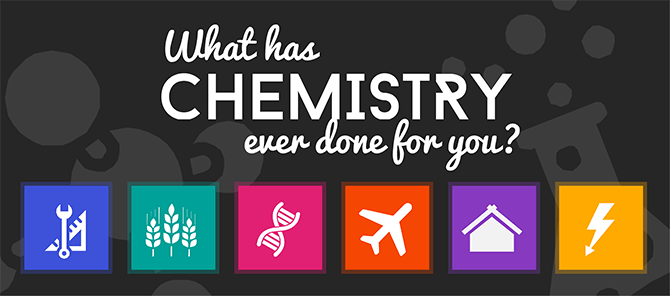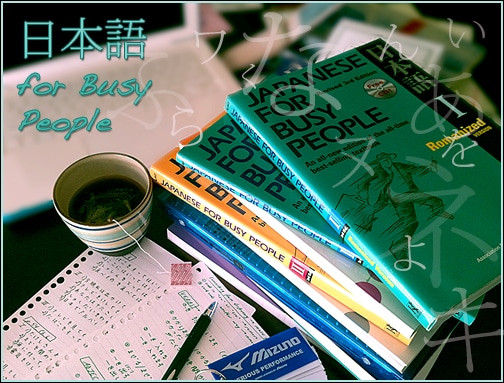The Mathematics of Music
In this left-brain/right-brain mash-up of a course, we will use equal parts logic and creativity to explore the interconnectedness of mathematics and music. Mathematical abilities will be strengthened and the understanding of and relationship to music will be deepened as we cover topics such as: the ratios of frequencies between notes in various tuning scales across cultures; musical timing in the context of tempo, time signatures, and polyrhythms; and musical sound effects (including phasers, delay, and the Shepard tone). These topics are intricately related to mathematical concepts spanning arithmetic, algebra, geometry, and trigonometry. All content will be accessible to 9th graders, though material outside of the typical grade-level Algebra 1 curriculum will be interspersed throughout. In this course, we will provide fresh perspectives on music you have long enjoyed while offering novel utility for mathematical tools for which you may only have had limited use up to now. Join us on this journey around the world, across time, and all over your mind.
Physics is the branch of science concerned with the nature and properties of matter and energy. The subject matter of physics, well known from that of chemistry and biology, includes mechanics, heat, light and other radiation, sound, electricity, magnetism, and the structure of atoms. In this course, students will focus on the conceptual role physics plays in their everyday lives. The topics of study will include energy, electricity, magnetism, light, and sound. Students will explore these topics through scientific inquiry and hands-on laboratory experiments. This course will at times require math skills in algebra and geometry to explain and support the fundamentals of classical physics.
The Integration Of Technology In Physical Education
Physical education teachers just like all other educators were blindsided by the pandemic. The evolution of technology in education has been incredible over the last two years. In this course you will learn various ways to incorporate technology into your PE classes remote or in-person. This course will show educators various applications they can use to enhance their PE classes, to ensure student participation and engagement. The technology platforms you will learn about and see will vary from Google slides, Google classroom, MOTE, GIF generators and green screen applications for the iPhone and Android devices.
Chemistry in Society
From batteries in cell phones to artificial sweeteners in energy drinks, chemistry is integral to our everyday lives. This course investigates chemistry as a means to solving real-world problems. Research is constantly deepening our understanding of chemistry, and leading to new discoveries. Chemistry will help us solve many future problems, including sustainable energy and food production, managing our environment, providing safe drinking water and promoting human and environmental health.

Introduction to Algebra - Linear Functions and Linear Modeling
This Introduction to Algebra course will provide students with the foundations of linear functions, while making connections to real life applications. In this math course, students will be exploring and identifying two variable equations and their key features. Students will develop skills needed to solve real life applications through linear modeling. Students will explore relations to determine if they are functions, identify slope/rate of change from different representations, graphing linear equations, and write linear equations representing real life situations.
Bienvenidos to Introduction to Spanish!
In this course there will be an emphasis on language input (listening and reading) and language output (speaking and writing). Students will be able to communicate using basic phrases and sentences. Topics that will be discussed are Hispanic Geography, Greeting & Farewells, Hispanic Calendar (Numbers, days of the week, months of the year, and telling time), Self-care activities, Identity (adjectives), food and family and conjugation of verbs. There is an emphasis on how to learn a language in this class so that students can apply the skill of language learning in future Spanish courses. Additionally, students will develop an understanding and appreciation of Hispanic/Latinx culture so that they can be productive global citizens.

This course covers Lesson 1 of Japanese for Busy People II Revised 3rd Edition by AJALT. This is a 15w online asynchronous Japanese course, which is designed for learners who completed a beginning-level Japanese course, to further develop Japanese language skills. The topic of this course is learning various expressions and useful communication skills when you consult someone about what to buy as a souvenir, asking someone their preference for food, drink, etc., and state or ask for an opinion about two or more items in comparison with one another.

Mysteries and Detective Stories
What makes a good detective story?
Why do we rarely read murder mysteries in English class?
How can we improve our writing through reading?
True crime is a widely popular form of entertainment and we might be used to seeing its fictional cousins – the mystery and detective story – as best-sellers but these are often not the stories we see labeled as ‘literature.’ We will explore both widely-known classics and works you may not have previously encountered as we attempt to answer these questions. Students will build on their critical thinking and analytical skills as we engage with a variety of stories – novels, short stories, and comics, as well as some on TV and in film – to explore both the concept and development of mystery fiction and the reciprocal influence between art and culture. You will demonstrate your knowledge through writing papers (expository, creative, and/or argumentative are possible), engaging in discourse with your classmates, and developing your own criteria for a good mystery through short reflective assignments.
